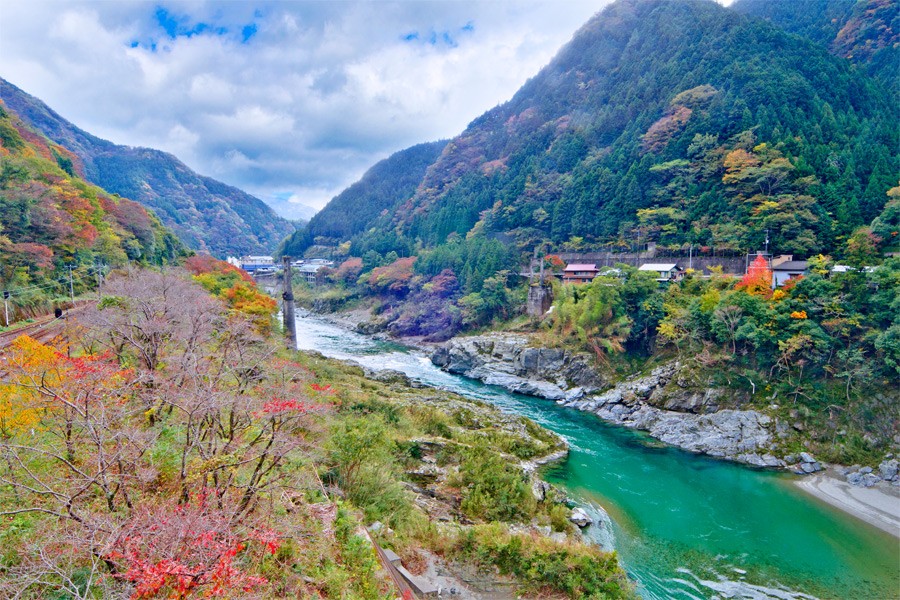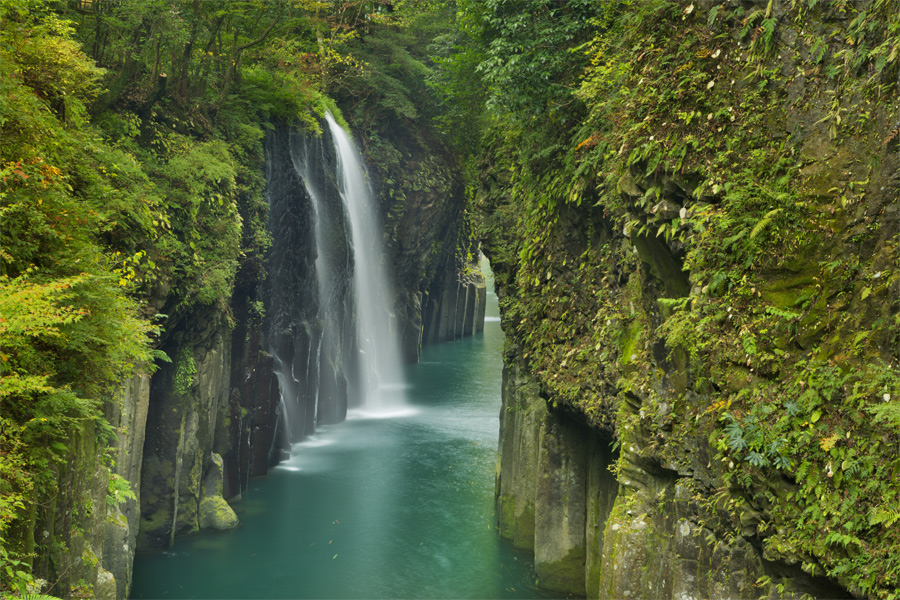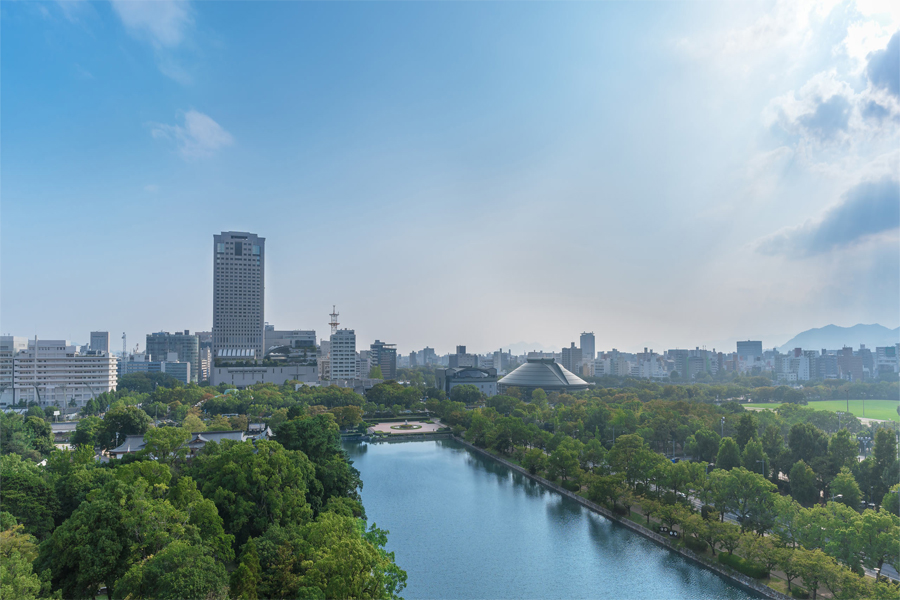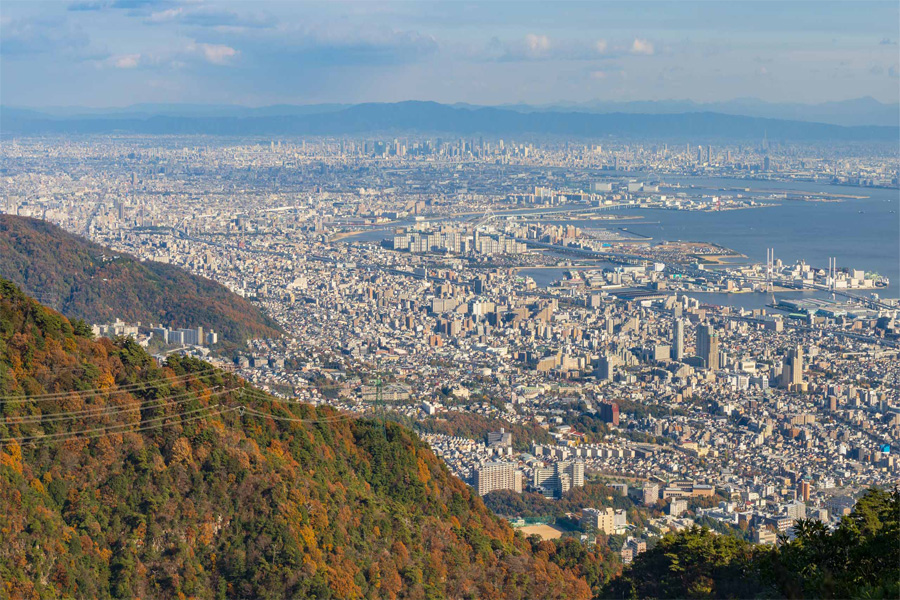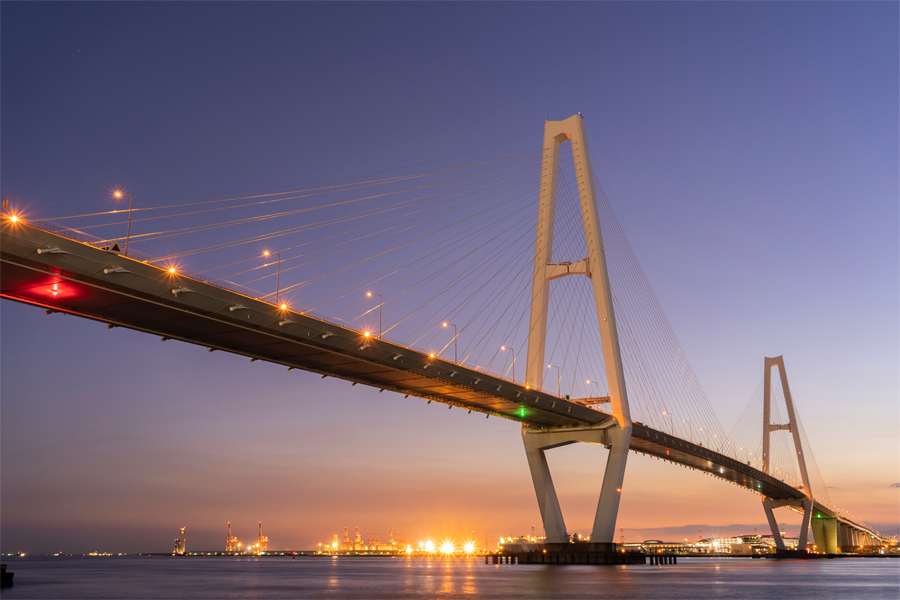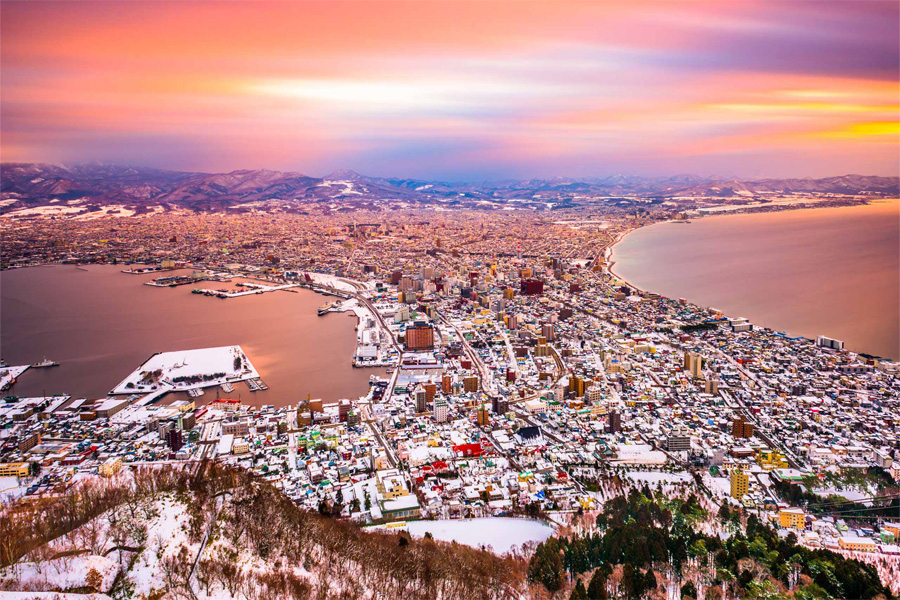The Japanese archipelago spans about 1,860 miles or 3,000 km from the northern tip of Hokkaido to the southernmost Okinawa, resulting in a broad range of climates that range from subarctic to tropical. This rich mix of climates and terrains has facilitated diverse natural beauty in every region. This diversity has also contributed to the development of unique histories, traditions, and cultures that are deeply rooted in each region.
Each with its own unique culture, history, and attractions. Some of the most popular regions to visit in Japan include: Hokkaido – Known for its natural beauty, rugged wilderness and hot springs. Tohoku – Known for its beautiful natural landscapes, skiing and hot spring resorts. Kanto – Known for its bustling metropolis of Tokyo and other historical cities like Yokohama and Kamakura. Chubu – Known for its traditional culture, beautiful landscapes and iconic landmarks such as Mt. Fuji and the Japanese Alps. Kansai – Known for its rich cultural heritage, beautiful temples and shrines and the bustling cities of Osaka and Kyoto. Chugoku – Known for its natural beauty, including the beautiful Seto Inland Sea, and the historic city of Hiroshima. Shikoku – Known for its beautiful temples, historic shrines and unique regional culture. Kyushu – Known for its natural beauty, hot springs, and historical sites such as the city of Kagoshima. Okinawa – Known for its tropical beaches, unique Ryukyu culture and rich marine life. Each region has its own unique charm and attractions, making Japan a fascinating country to explore.

